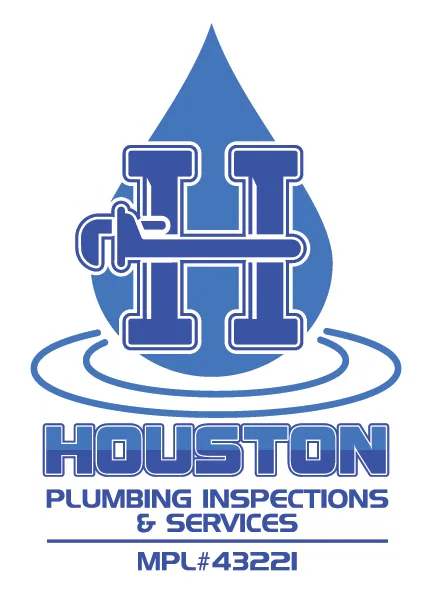Unlocking the Benefits of Hydrostatic Testing for Homeowners
Maintaining the structural integrity and safety of your home's plumbing system is paramount to ensure peace of mind and prevent costly repairs down the line. One highly effective method for assessing the integrity of underground plumbing lines, particularly water and sewer lines, is through hydrostatic testing. In this article, we'll delve into the benefits of hydrostatic testing for homeowners and why it's a valuable investment in your property's infrastructure.
1. Detecting Leaks and Weaknesses
One of the primary benefits of hydrostatic testing is its ability to detect leaks and weaknesses in underground plumbing lines with precision. Hydrostatic testing involves pressurizing the plumbing system with water to a predetermined level and monitoring the pressure to identify any drops, which indicate the presence of leaks or breaches in the pipes. By pinpointing leaks and weaknesses early on, homeowners can address them promptly before they escalate into more significant issues, such as water damage or mold growth.
2. Assessing Overall Integrity
Hydrostatic testing provides homeowners with a comprehensive assessment of the overall integrity and condition of their underground plumbing lines. Beyond detecting leaks, hydrostatic testing can reveal weaknesses such as corrosion, pipe deterioration, or improper installation that may compromise the performance and longevity of the plumbing system. This thorough evaluation allows homeowners to take proactive measures to repair or replace damaged pipes and ensure the continued functionality of their plumbing infrastructure.
3. Compliance with Regulations
In many jurisdictions, hydrostatic testing is a requirement for new construction or renovations involving underground plumbing installations. By conducting hydrostatic testing, homeowners can ensure compliance with local building codes and regulations, thereby avoiding potential fines, penalties, or delays in obtaining permits for their projects. Additionally, hydrostatic testing provides documentation of the integrity of the plumbing system, which may be required for insurance purposes or property transactions.
4. Preventing Water Contamination
Leaks or breaches in underground plumbing lines can lead to water contamination, posing health risks to occupants and environmental hazards. Hydrostatic testing helps prevent water contamination by identifying and addressing leaks before they have the chance to compromise the quality of the water supply. By maintaining a watertight plumbing system, homeowners can safeguard the health and well-being of their families and minimize the risk of waterborne illnesses or pollution.
5. Saving Money in the Long Run
While hydrostatic testing may require an initial investment, the long-term cost savings it offers far outweigh the upfront expenses. By detecting and repairing leaks early, homeowners can prevent water waste and reduce their utility bills. Moreover, addressing plumbing issues promptly helps prevent costly water damage to the home's structure, fixtures, and belongings, ultimately saving homeowners thousands of dollars in repair and restoration costs.
Hydrostatic testing is a valuable tool for homeowners seeking to ensure the integrity, safety, and compliance of their underground plumbing systems. By detecting leaks, assessing overall integrity, complying with regulations, preventing water contamination, and saving money in the long run, hydrostatic testing offers numerous benefits for homeowners. Whether you're planning a new construction project, renovating your home, or simply seeking peace of mind about the condition of your plumbing infrastructure, consider investing in hydrostatic testing to protect your property and investment for years to come.
